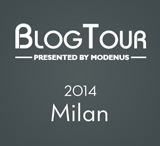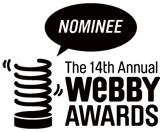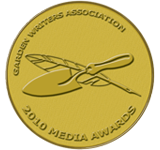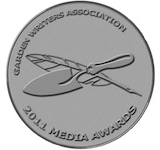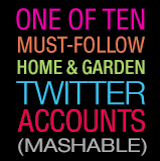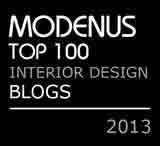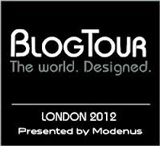Nature in a Kit: Interpreting Nature and Our Use of Her
June 23, 2009 by Robin Plaskoff Horton

Ilkka Halso, Restoration, C-Print on aluminum,125 x 171 cm, artist’s collection © Ilkka Halso
Nature in a Kit, which opens tomorrow at the Musée de Design et d’Arts Appliqués Contemporains in Lausanne, examines the position and “quality” of nature today and the use we make of it.

Meriç Kara, Blockcrack, 2005, pot à fleurs, molded cement, 18 x 20 x 20 cm © Photo: Kartal Arat
“The evidence,” as the museum’s website explains, “has been there to see: nature is coming back in force in society’s discussions as much as in the imagination of contemporary creators. What with the call for collective responsibility to safeguard it and the multiplication of urban substitutes, nature seems omnipresent, whereas we have never been so distanced from it. The central subject of very pragmatic challenges, its original inspirational power is effecting a transformation and confronting mankind with the question of its use. Contemporary creation has made itself into an eloquent interpreter of this and is delineating new outlines through sundry media.”

Robby & Francesca Cantarutti, Forest, 2007, armchair, aluminum, Fast, © Photo : Enrico Colzoni
“The exhibition Nature in a Kit re-composes in its fashion a landscape of our time, a constructed environment which brings together the works of around a hundred creators from all over the world.… a continuous coming and going between imitation and original, pretence and authenticity, still-life and organic life; the demarcation line remains deliberately porous, reminding the visitor of possible interactions as well as doubts.”

Gudrun Lilja, Studiobility, Rocking Beauty, 2006, 105 x 76 x 60 cm, courtesy Toolsgalerie, Paris, © Photo: Gudrun Lilja
A grouping named Nature Constrained, focuses on the small garden–“nature in a modest, urban form where creative endeavours are carried on amid cuttings, stakes, vases and inventive containers that take the miniaturisation and conservation of nature into account. Excessive urbanisation has created new scenarios which distance mankind from nature and its forces. The absence and loss of “nature” impel the artist or photographer to envisage an artificial, fetishistic re-creation in which the emotional, “magical” dimension presents an area favourable for irony, for comment. In this modest, restrained kind of nature, fetishes and relics play on the compromise between nature/town.”



 e-mail a friend
e-mail a friend
